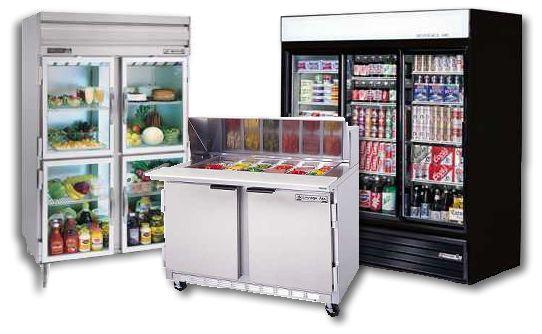30 Jan 2017 2 mins read Commercial Refrigeration, Tips and Guides

Just because you have a working refrigerator or freezer at your establishment doesn’t mean it’s cold enough to store your food products. This is especially important for commercial refrigeration products due to the strict food service industry regulations. The temperature at which foods are stored can affect their appearance, taste, nutrient content and, most importantly, their safety.
The purpose of a refrigerator is to keep foods at a cooler temperature to slow down the growth of bacteria, making them ideal for perishable foods. At the same time, a freezer is intended to stop the growth of bacteria completely. Commercial refrigeration units’ average temperature operating range is generally between 2oC and 6oC. If you store foods at a temperature lower than 2oC, you might risk freezing items that shouldn’t be, like milk and dairy products, whereas if you store them at a higher temperature than 6 degrees, the food could spoil.
Some products are more sensitive to cold temperatures than others, so the type of food you are storing, and the type of refrigeration unit you are using will also affect the temperature you need to set. For example, foods stored below 2oC will require a forced defrost cycle.
Commercial refrigeration units take time to stabilise their set temperatures; the bigger the unit, the longer it takes. When adjusting the temperature, wait a full day and check it again before storing food products.
How to maintain the temperature once it stabilises
Commercial refrigeration temperatures will rise the most when the equipment doors are open. Because equipment thermostats are near the doors, this can sometimes cause a false read. If temperatures are above normal, wait around 10 minutes with the door closed and then check the temperature again.
Ensure you train your restaurant staff to keep refrigerator and freezer doors and drawers closed.
To find more information about commercial refrigeration, check out our website.
